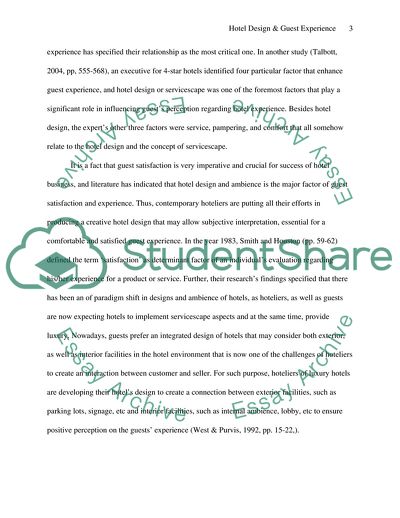Cite this document
(The Influence of Hotel Design on the Guest Experience Literature review, n.d.)
The Influence of Hotel Design on the Guest Experience Literature review. https://studentshare.org/design-technology/1729479-the-influence-of-hotel-design-on-the-guest-experience
The Influence of Hotel Design on the Guest Experience Literature review. https://studentshare.org/design-technology/1729479-the-influence-of-hotel-design-on-the-guest-experience
(The Influence of Hotel Design on the Guest Experience Literature Review)
The Influence of Hotel Design on the Guest Experience Literature Review. https://studentshare.org/design-technology/1729479-the-influence-of-hotel-design-on-the-guest-experience.
The Influence of Hotel Design on the Guest Experience Literature Review. https://studentshare.org/design-technology/1729479-the-influence-of-hotel-design-on-the-guest-experience.
“The Influence of Hotel Design on the Guest Experience Literature Review”. https://studentshare.org/design-technology/1729479-the-influence-of-hotel-design-on-the-guest-experience.


